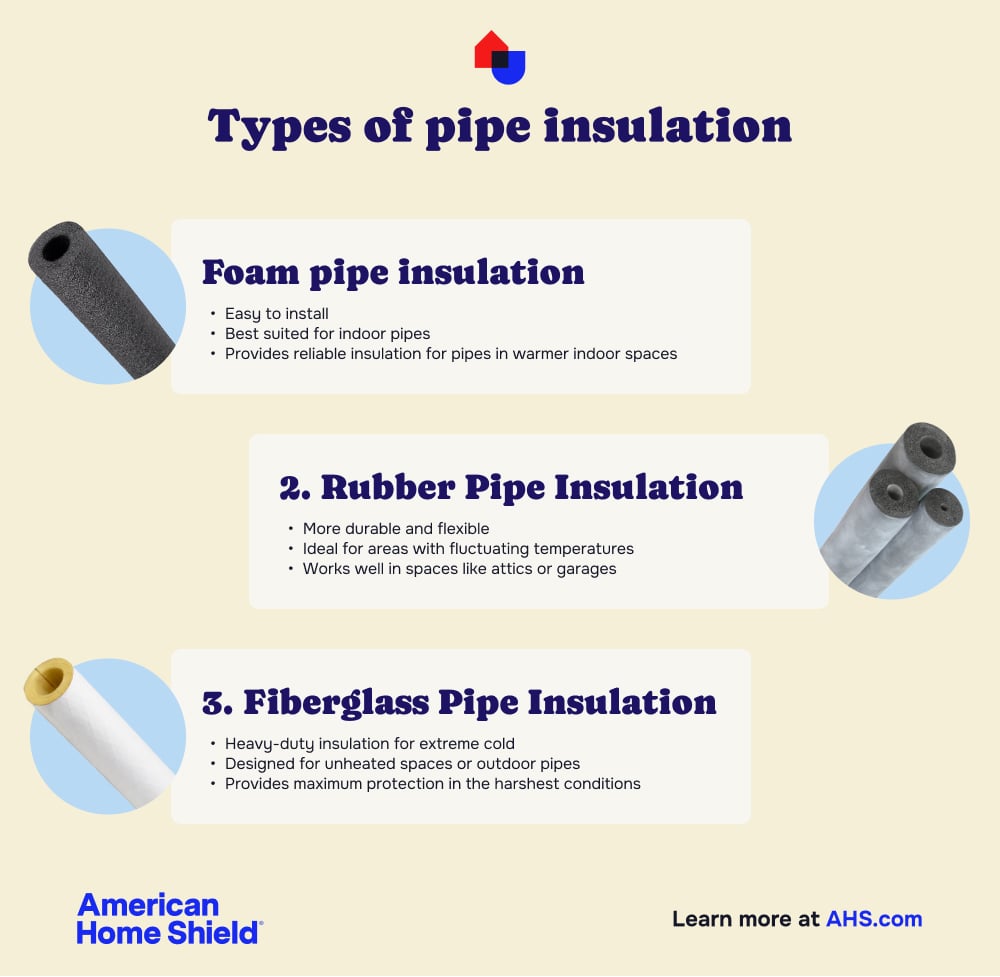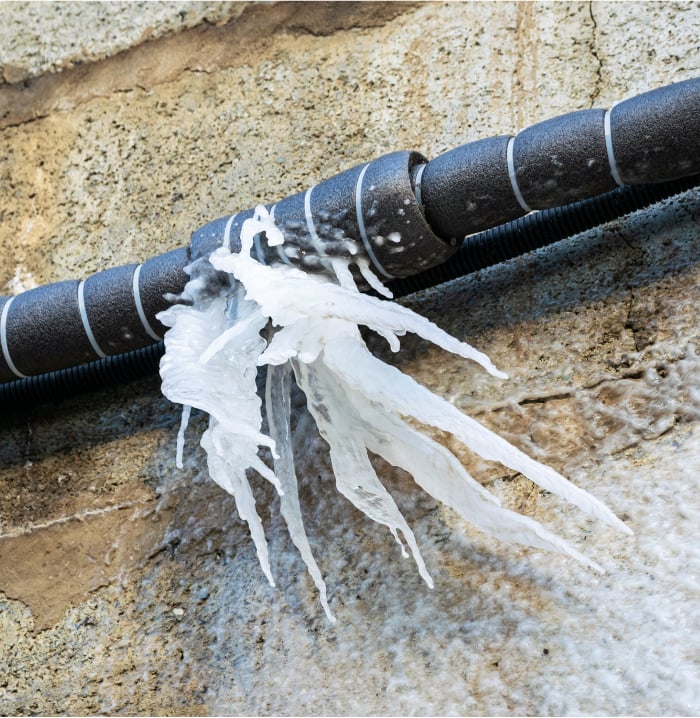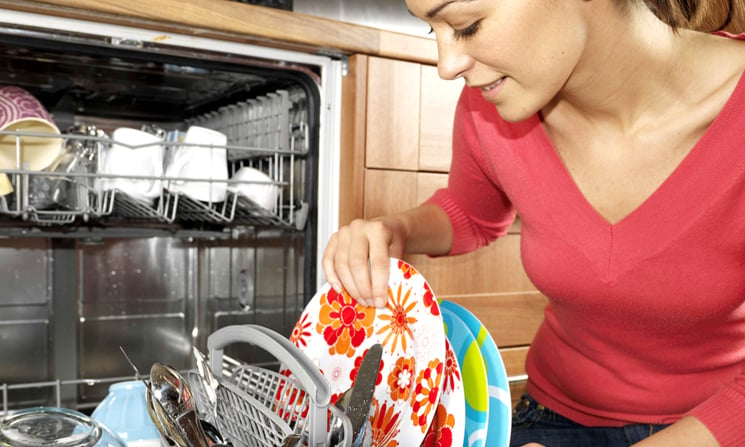Why pipes freeze and what happens when they do
If you’re wondering what temperature pipes freeze, the answer is at freezing, 32°F degrees Fahrenheit. But, if you have insulated pipes, it’s not normally something you have to worry about until the temperatures hit 20°F or below and stay that way for a sustained period.
When the temperature drops below freezing, any water inside your pipes can freeze and expand, causing a lot of pressure. If that pressure builds up and has nowhere to go, the pipe can burst— leading to a messy and expensive problem.
Easy preventative measures for everyday winter weather
You can prevent frozen pipes a number of ways during typical winter weather. This means making sure your pipes are insulated and warm enough that they don’t reach a freezing temperature in the first place. Here’s how to keep the pipes from freezing this winter through insulation, sealing drafts, and maintaining a consistent indoor temperature:
Insulate your pipes
Preventing frozen pipes starts with proper insulation.
Here’s what kind of pipe insulation to use for your home:

Maintain a consistent indoor temperature
It might be tempting to turn the heat way down when you leave the house, but keeping your thermostat set to at least 55°F— even when you’re away— can help prevent your pipes from freezing. The air around your pipes needs to stay warm enough to ensure water keeps flowing, especially in cooler areas like basements or garages. If your thermostat is programmable, set it to maintain this temperature at all times, particularly during overnight hours when temperatures tend to drop. For added peace of mind, consider using a smart thermostat that can alert you if the temperature in your home falls too low.
Seal drafts
Drafts are a sneaky source of cold air that can significantly lower the temperature around your pipes, increasing the risk of freezing. Start by checking around windows and doors for any gaps or cracks where cold air could enter. Using weatherstripping or caulk can seal these gaps effectively, keeping warm air inside where it belongs.
Don’t forget to check areas around your home’s foundation, electrical outlets, and vents—these spots are often overlooked but can be major sources of drafts. For larger gaps, consider using foam insulation or expanding spray foam to create a tight seal. Taking these steps will help maintain a warmer environment for your pipes and reduce the risk of freezing.



